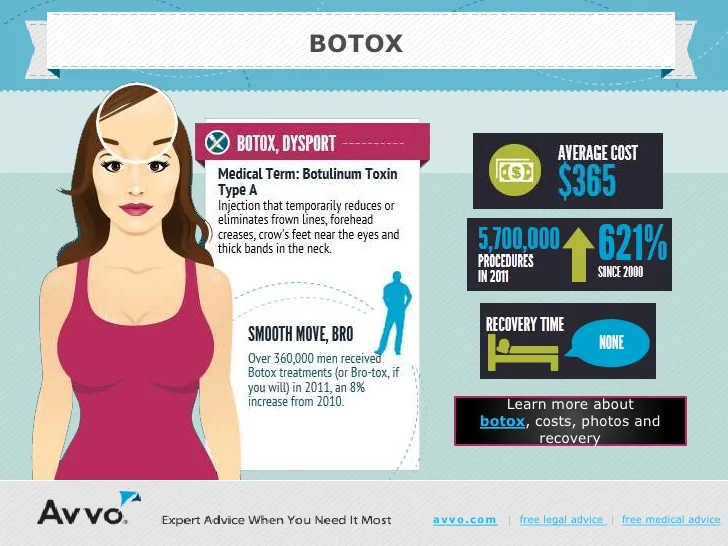Hormonal acne is characterized by clogged pores and oily skin that generally appears on the chin and jawline. It takes place when hormone modifications trigger swelling and microbial overgrowth within hair follicles.
Outbreaks may appear as whiteheads, blackheads, papules or pustules and cysts or nodules in much more serious situations. It is a lot more usual in teenagers experiencing puberty but can impact adults of any type of age.
What Triggers Hormone Acne?
While acne can be triggered by a selection of variables, consisting of making use of hair and skin treatment items that aren't oil-free or made with active ingredients that could clog pores, genetic predisposition, diet,2 and tension, the source is varying hormonal agents. Hormone acne happens when the body experiences hormone modifications and variations that cause an overflow of sebum, which triggers swelling, boosted development of germs and modifications in skin cell activity.
Hormonal acne is typically discovered on the reduced jawline, cheeks and neck however can appear anywhere on the body. It is defined by acnes that are cystic, uncomfortable and loaded with pus or various other product. It is likewise most likely to happen in ladies than men, especially during puberty, the menstrual cycle, pregnancy or menopause.
Age
While many children experience acne at some time throughout the age of puberty, it can remain to pester adults well into adulthood. Called hormone acne, this kind of breakout is tied to fluctuations in hormones and is commonly most usual in women.
Hormone acne takes place when oil glands generate excessive sebum, which blocks pores and traps dead skin cells. This leads to the development of imperfections, such as whiteheads, blackheads and papules, pustules, cysts or blemishes, deep under the surface.
This type of blemish often creates discomfort, inflammation and inflammation. It may additionally be intermittent and appear around the same time every month, such as right prior to your period starts. This is because degrees of women hormones like progesterone and oestrogen fluctuate with each menstruation.
Menstruation
Hormonal acne typically appears in the reduced part of your face, along the jawline and cheeks, as whiteheads, blackheads or inflammatory acnes (pimples and cysts). It's most likely to show up around the time when your menstrual cycle changes.
Specifically around ovulation, when estrogen and progesterone levels are on the surge, hormonal agent fluctuations can create outbreaks. However it's also feasible to get acne at any factor throughout your 28-day menstrual cycle.
If you see that your hormone acne flares up right prior to your duration, try seeing when specifically this occurs and see if it relates to the stages of your 28-day menstruation. This will aid you identify the root causes of your skin problems. For instance, you may intend to deal with stabilizing your blood glucose and eliminating high-sugar foods, or consider a prescription medicine like spironolactone click here that can regulate your hormonal agents.
Pregnancy
Growing an infant is a time of dramatic hormone modifications. For many females, this includes a flare-up of hormone acne. This kind of breakout normally begins in the initial trimester, around week six. It's brought on by hormone surges that promote sebaceous glands to make even more oil, which can clog pores and create more microorganisms to build up.
Outbreaks may additionally happen as a result of pre-existing problems like polycystic ovary syndrome, which can additionally be a problem during pregnancy and menopause. Likewise, some types of contraceptive pill (such as Ortho Tri-Cyclen and YAZ) can trigger hormone acne in some women.
The good news is, many acne therapies are "no-go" for expecting females (including preferred acne-fighting components such as isotretinoin and spironolactone). Yet if you can't stay clear of those irritating bumps, your medical professional may suggest oral erythromycin or cephalexin, which are risk-free during pregnancy.
Menopause
As ladies come close to menopause, the estrogen levels that created their hormone acne to flare up throughout adolescence start to stabilize and reduce. At the same time, however, a spike in androgens (likewise called male hormones) happens because these hormones can not be converted into estrogen as successfully as in the past.
The excess of androgens can cause oil production by the sebaceous glands, which obstructs pores. When the blocked pores ended up being swollen and irritated, an acne kinds.
Hormonal acne is normally seen on the face, particularly around the chin and jawline, however it can take place on the neck, back, shoulders, or chest. This kind of acne often tends to flare up in a cyclical pattern, comparable to the menstrual cycle. Tension, which raises cortisol and throws hormones out of equilibrium, additionally contributes to the outbreaks.
